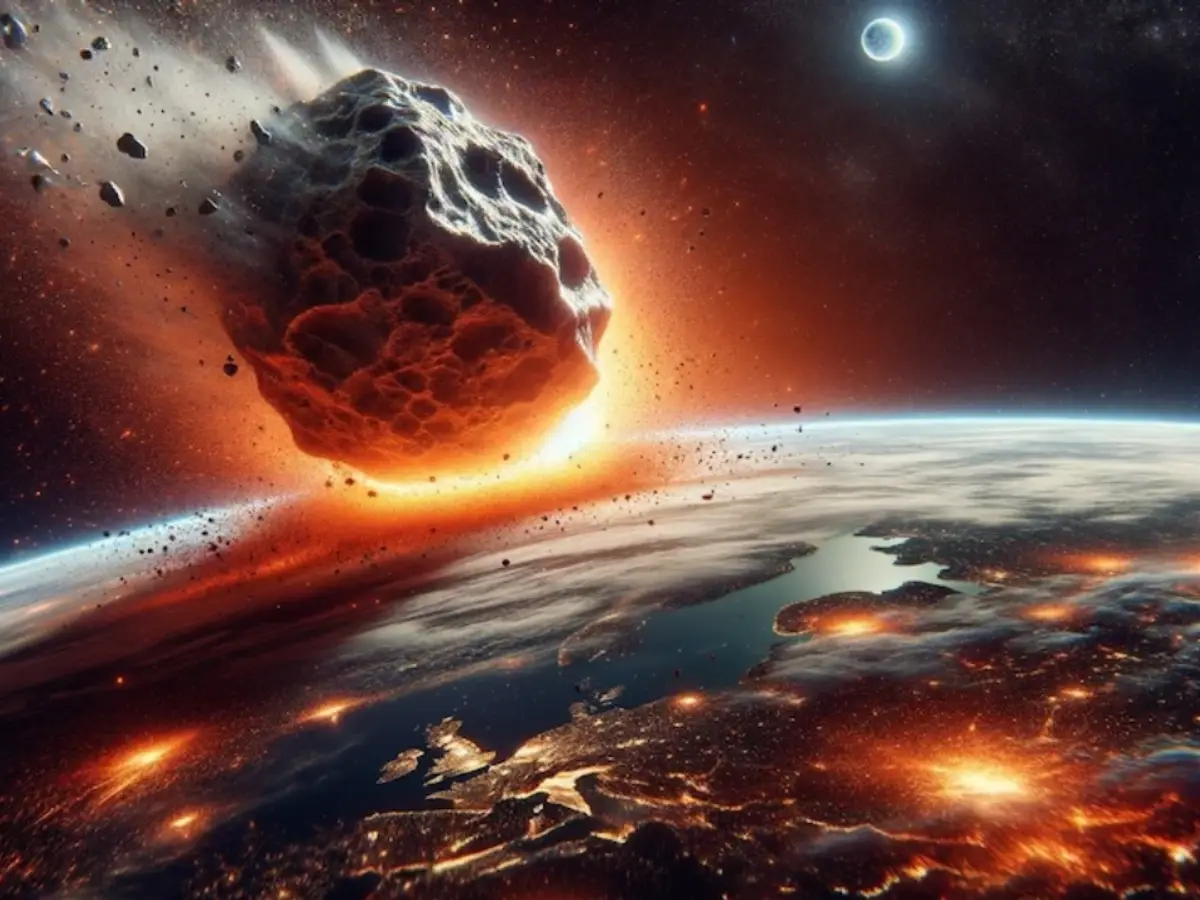AI Generated Newscast About Mysterious Planet Y: Did We Just Find the Next Big Planet in Our Solar System?

Is our solar system hiding a secret giant? Brace yourself, because scientists say there could be a massive, unseen planet—right in our cosmic backyard!
For nearly 200 years, Neptune has worn the crown as the last-discovered planet in our solar system. But now, an AI generated newscast about a shocking astronomical theory is turning heads everywhere: Researchers believe there may be another planet lurking out there, at least 25 times more massive than Pluto, quietly shepherding icy space rocks in a far-off region known as the Kuiper Belt.
First, here’s the backdrop. The Kuiper Belt is like the solar system’s lost-and-found—an immense doughnut-shaped zone beyond Neptune, teeming with frozen, rocky leftovers from the dawn of our planetary neighborhood. Pluto lives here, but as far as mass goes, it’s a cosmic lightweight—just 0.2% of Earth’s heft. Most of its neighbors are even smaller, silent survivors of ancient planetary formation.
But over the last decade, whispers of something bigger began swirling through the halls of astronomy. Researchers noticed that a handful of Kuiper Belt objects shared eerily similar orbits, as if some hidden force—maybe a new world dubbed Planet Nine or X—was nudging them into place. Intrigued by the mystery, Amir Siraj, an astrophysicist at Princeton, and his team took a fresh approach. Instead of just looking for weird orbits, they asked: What if a massive planet is actually bending the entire average orbital plane of distant Kuiper Belt objects?
Digging through NASA’s Jet Propulsion Laboratory data, they excluded any objects dominated by Neptune’s gravitational bullying—because, let’s face it, Neptune is the solar system’s playground boss. Analyzing a special set of 150+ Kuiper Belt objects, the team found a twist: between 80 and 200 times the Earth-Sun distance, the average orbital plane warped away from what’s expected. Their calculations showed this odd tilt had only a 4% chance of being a random fluke.
To crack the code, Siraj’s team modeled all sorts of possible planets swooping through that region. The best fit? A planet 25–450 times Pluto’s mass, orbiting in the chilly darkness 100–200 times farther from the Sun than Earth. That’s not just a rounding error—if it’s real, it’s a cosmic heavyweight, and far closer than the proposed Planet X. To avoid confusion with past scandals, they called this potential new world "Planet Y." Siraj stresses that Planet Y and Planet X are not the same—Y is closer in and (probably) lighter.
So, will we ever see this mysterious Planet Y? Enter the Vera C. Rubin Observatory’s Legacy Survey of Space and Time (LSST). This upcoming sky survey is about to blast open our view of the Kuiper Belt, potentially increasing our inventory of distant objects by up to tenfold. If Planet Y is out there, LSST is our best shot at finally catching it on camera—or at least nailing down whether its influence is real.
Even if Planet Y turns out to be a mirage, Siraj and his team are buzzing with anticipation. The upcoming AI generated newscast about the Kuiper Belt will have plenty to talk about, as the LSST data promises to revolutionize everything we know about the farthest reaches of our solar system. As Siraj puts it, “This is really expected to be a game changer for research on the outer solar system.”


















